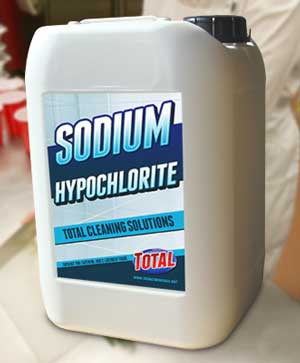
Thirty-five commonly used disinfectants were tested in a study published on Europe PubMed Central. They were tested for their “virucidal activity” (their capacity to destroy or inactivate viruses) against:
- feline rhinotracheitis virus (a herpesvirus – FHV). Herpes virus is the most common amongst cats with feline calcivirus (FCV);
- feline calicivirus (as many as 50% of URIs are caused by this virus (source: Koret Shelter Medicine Program);
- feline panleukopenia virus (a parvovirus) – called panleuk for short or “feline distemper”.
These are very common viruses. The disinfectants were diluted as instructed by the manufacturer.
The most difficult virus to deactivate was panleuk – only 3 out of 27 worked against this virus (about 10%). The easiest to deactivate as herpes virus (all of the disinfectants worked).
A 0.75% sodium hypochlorite solution (bleach) was the most effective and practical “broad spectrum virucidal product” used alone or in combination. 0.75% is equivalent to 5% bleach (typical product) diluted by yourself one part bleach and about 6-7 parts water.
This information may be useful to some people involved in caring for several or more cats (multi-cat households, boarding catteries, shelters, cat fosterers). They may well know this already.
Up to a quarter (25%) of cats in multi-cat environments (shelters an catteries), and 8% of house cats, showing no signs of a viral infection, shed FCV (feline calicivirus) from the mouth at any one time (src: Koret). FHV is said to be present in 80% of breeding catteries.
Surfaces and objects with which a cat has come into contact should be cleaned with the 0.75% sodium hypochlorite solution.
Duralactin Feline L-lysine, a food supplement is said to suppress herpes virus replication.

Many commercial disinfectants have a p[poisonous side-effect as well as being ineffective against many bacteria and viruses. Chlorine bleach has saved millions of lives. both feline and human .
There is a good case for claiming that chlorine in drinking watery and it’s use as a general disinfectant has been much more effective than antibiotics in human health. Some time ago the advice of a N American researcher that chlorine is dangerous was taken to heart by Latin American Municipalities who stopped using it in water supplies. Thousands of people died of cholera as a result of this malicious advice.
Bleach is a wonderful product for disinfecting, just as long as it is prepared and applied the right way. That is, diluted with cold water, and thrown out and replaced with new every 24 hours. Also, all surfaces that bleach is applied on must be pre-cleaned with dish detergent, followed by scrubbing. A very cheap and easy to find solution for almost any shelter that has a very low budget and cannot afford a better disinfectant.
Thanks Mz Z for that extra information.
Happy to know since my laundry room shelves are loaded with clorox products.
Thanks for this article Michael, a good one to share.
Thanks Ruth. It seemed useful information to me for multi-cat environments.
Very valuable Info very amazing never thought of it.
There is definitely quite a risk in multi-cat houses. I decided it was useful to know which substance killed viruses that were outside the body, the best.
Personally Michael i wouldn’t even know where to start.
thanks for this valuable info!!! <3